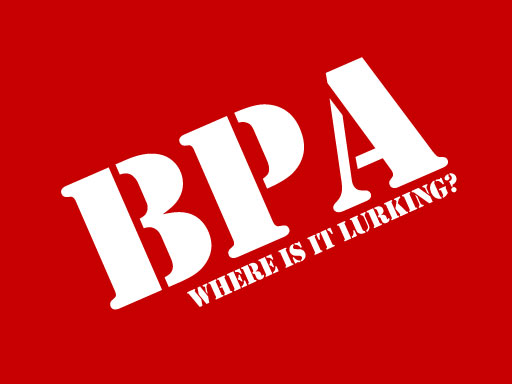 Scientists in California recently documented evidence of fetal exposure to bisphenol A (BPA). All samples of umbilical cord blood tested in their study contained BPA in one form or another. Further, several of the samples contained documented concentrations that exceeded levels that are considered safe. While other studies have shown the ability of BPA to travel across the placental barrier, this study points to the increasingly ubiquitous exposure neonates have to BPA.
Scientists in California recently documented evidence of fetal exposure to bisphenol A (BPA). All samples of umbilical cord blood tested in their study contained BPA in one form or another. Further, several of the samples contained documented concentrations that exceeded levels that are considered safe. While other studies have shown the ability of BPA to travel across the placental barrier, this study points to the increasingly ubiquitous exposure neonates have to BPA.
BPA is a plastic ingredient used in common household products ranging from the lining of canned foods to toys, containers and disposable plastic products. In the body, BPA mimics the hormone estrogen and can affect the hormones that play a role in gender development. It can also affect brain development including behavioral patterns. Previously, it was thought that BPA found in fetal blood samples was contaminated by the plastic tubes and pipettes used in collection procedures. The 85 samples processed in this study were carefully handled to prevent any possible exposure during their collection and handling.
You Might Also Enjoy: Multiple New Studies Link BPA Exposure to Childhood Asthma
The original article detailing the study was published in the Journal of Environmental Science & Technology and included contributions from researchers from Washington State University and the University of California, San Francisco. This study looked at three different BPA compounds, including BPA sulfate which is formed as it passes through the liver. The only way the BPA could exist in this form in a neonate would be through exposure via placental absorption; the mother would have had to ingest it in her diet in order for fetus to have this form of it in its body. The researchers documented the highest levels of BPA ever recorded in human fetuses.
The study also teases out another factor in BPA exposure – socioeconomic level. The current study included samples from a lower socioeconomic and more ethnically diverse population than was previously studied. The highest levels of BPA exposure showed correlation to lower socioeconomic level. While BPA has been banned for use in infant bottles and other childhood items such as cups, it remains prevalent in a wide variety of everyday plastic items. Consumer pressure fueled the ban on BPA in some infant-related products in the past. This new study sheds light on BPA exposure in neonates and will likely add to increased consumer awareness regarding BPA exposure and fetal health.








